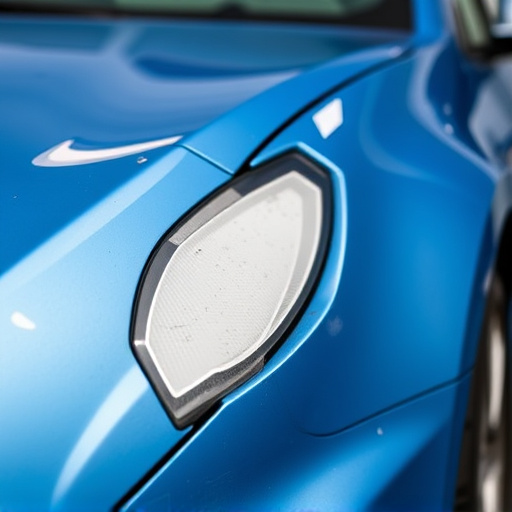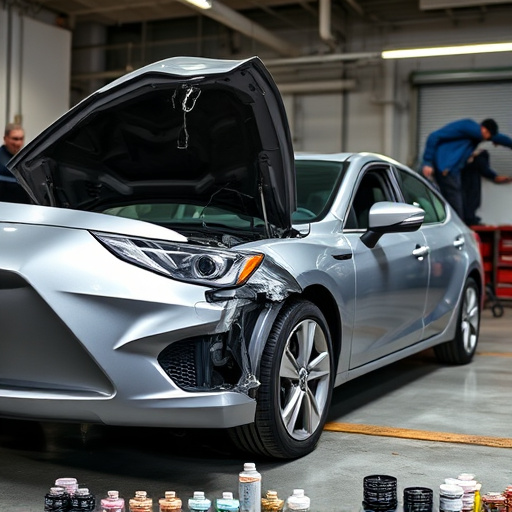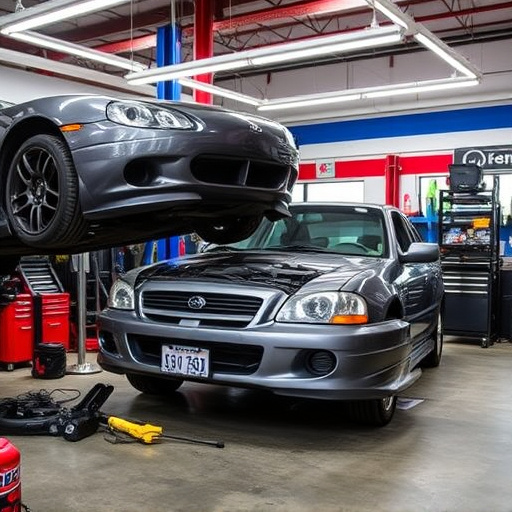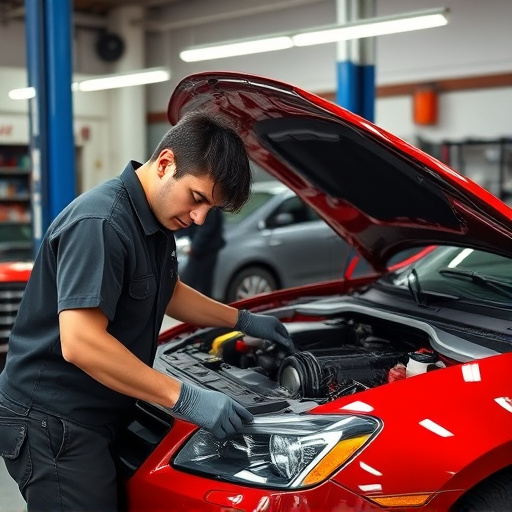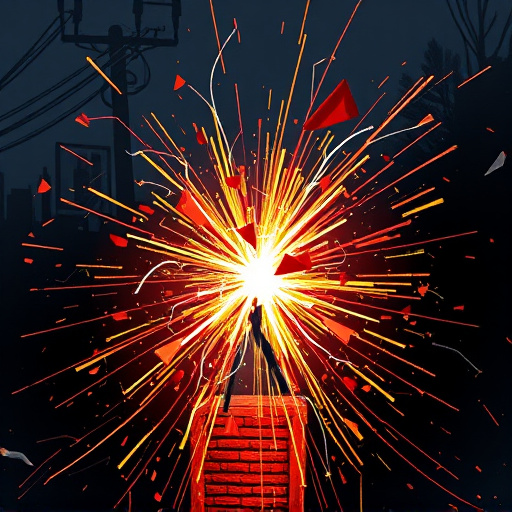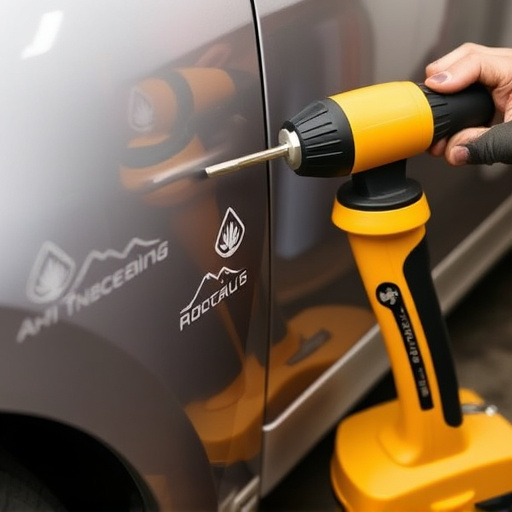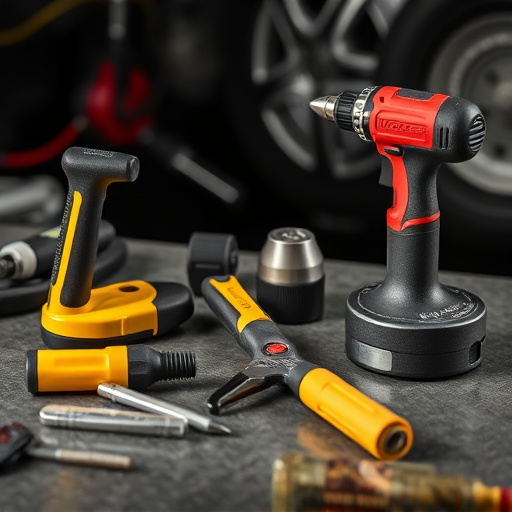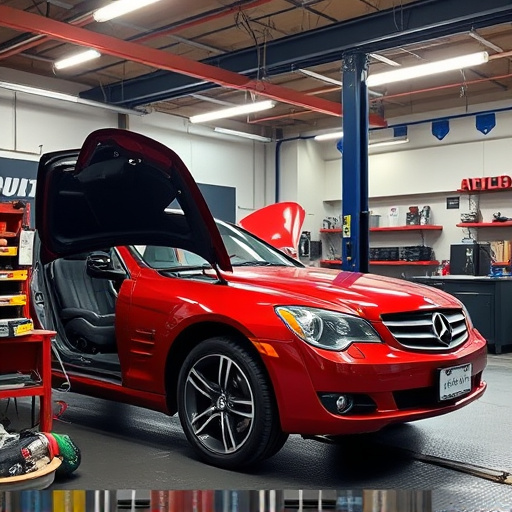After a crash, assess battery damage. Visible signs like leaks, corrosion, or cracks require replacement. Seek expert assessments from Mercedes Benz collision repair centers. Replace batteries for reliable, long-lasting performance. Properly dispose of damaged batteries through certified facilities. Minimize ecological impact with responsible battery disposal practices.
After a car collision, one of the first questions drivers ask is whether to jumpstart or replace their car’s battery. This guide explores the decision process behind battery maintenance post-crash. We’ll walk you through assessing damage and determining if repair is feasible. Learn the signs that indicate a need for a new battery and discover best practices for safe disposal and recycling of used batteries, ensuring responsible handling in these critical situations.
- Assessing Damage: Can Your Battery Be Saved?
- When to Replace: Signs Your Battery Needs Upgrading
- Safe Disposal and Recycling: Responsibly Handling Used Batteries After a Crash
Assessing Damage: Can Your Battery Be Saved?
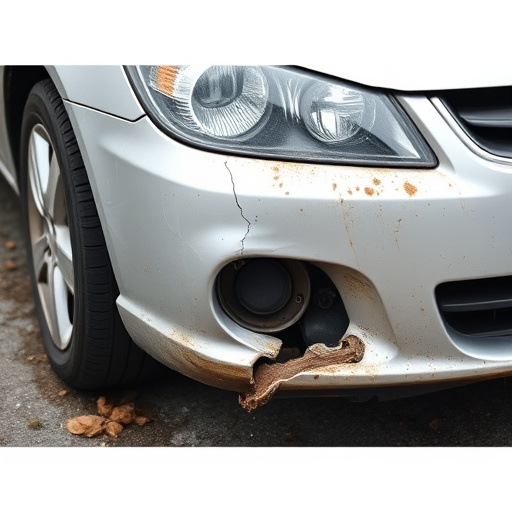
After a collision, one of the first steps is to assess the damage to determine if your car’s battery can be saved or if a replacement is necessary. Not all batteries are created equal, and whether it’s a standard model or a high-performance one, like those found in luxury vehicles, the impact of a crash can vary greatly.
In many cases, a thorough inspection reveals that the battery remains intact with no visible signs of damage. In such scenarios, a simple jumpstart could be all that’s needed to get your vehicle back on the road. However, if the battery shows evidence of physical harm, such as fluid leaks, corrosion, or cracks, it may have sustained internal damage and require a complete replacement. Body shop services often include expert assessments like these to ensure safe and reliable repairs, especially in cases of Mercedes Benz collision repair.
When to Replace: Signs Your Battery Needs Upgrading
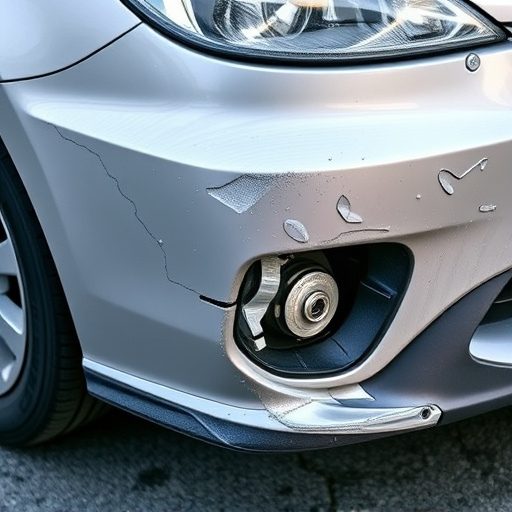
After a collision, one of the first things to consider is whether your vehicle’s battery needs jumpstarting or replacing. While jumpstarting can be a temporary solution, battery replacement after a crash is often the most reliable and long-lasting option. Here are some signs that indicate it’s time for an upgrade:
If your car struggles to start even after multiple attempts or shows significant voltage fluctuations, it could be a clear indicator of a faulty battery. Corrosion build-up on terminal connections is another red flag; this can prevent the free flow of electricity, leading to starting issues. Moreover, if you’ve experienced several dead batteries over a short period, especially following accidents, it’s wise to consult a professional for an auto repair assessment, such as those offered by Mercedes Benz collision repair centers, who can provide expert advice on vehicle bodywork and electrical systems, ensuring your safety and peace of mind on the road.
Safe Disposal and Recycling: Responsibly Handling Used Batteries After a Crash
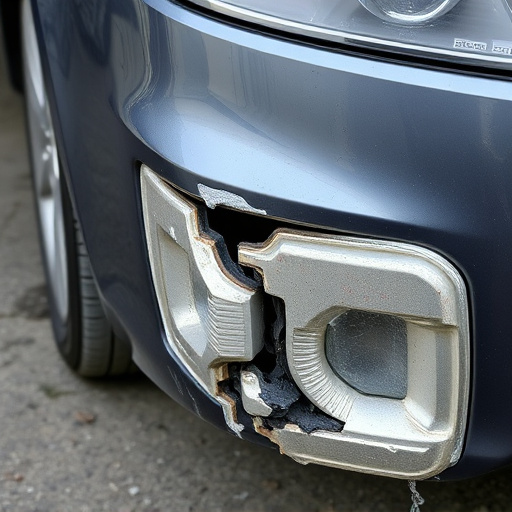
After a collision, it’s crucial to consider not only immediate safety and vehicle damage but also responsible disposal when dealing with a depleted or damaged battery. Used batteries from accidents require special handling due to potential hazards. Common household recycling centers often cannot process auto batteries safely, as they contain toxic materials and corrosive acids that need proper containment and processing.
A reliable collision repair center or car bodywork services provider should offer guidance on safe battery disposal and recycling options. They may have partnerships with certified facilities that accept used batteries for proper treatment, ensuring environmental protection and compliance with local regulations. This responsible approach not only minimizes the ecological impact but also reflects a commitment to comprehensive vehicle care after a crash, including frame straightening services where needed.
In the event of a collision, deciding between jumpstarting or replacing your car’s battery depends on the extent of the damage. If your battery is salvageable after a thorough assessment, jumpstarting may be a temporary solution. However, if signs indicate a need for an upgrade, such as persistent underperformance or leakages, it’s time to consider a new battery. Responsible disposal and recycling of used batteries are essential steps in any case, ensuring environmental safety and proper handling of hazardous materials. When deciding on a replacement, look for high-quality options that offer improved performance and longevity to avoid future issues.


